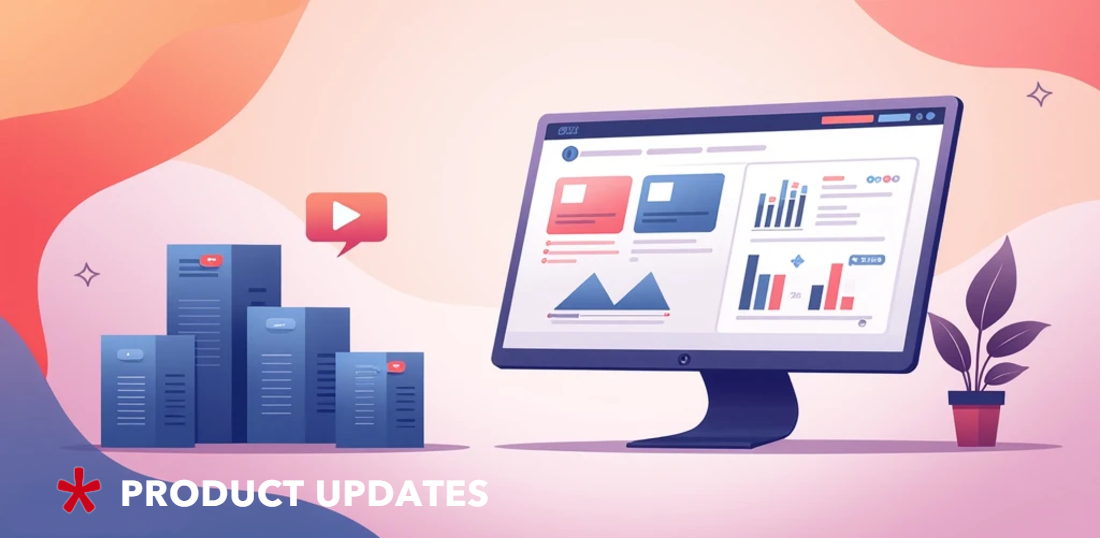The Top 5 Hot Digital Advertising Trends
Digital advertising ecosystem is rapidly evolving in multiple vectors. It’s way too easy to overlook some major changes or get confused in the announcements. We are keeping track for you.
Admixer news team talked to New Business Director of Admixer Ukraine Ivan Fedorov for this article and learned about the current state of the industry from the perspective of our partner Sales House.
Learn the most pressing digital advertising trends with our list:
1. The process of cleaning the programmatic ecosystem from ad fraud is now actively running.
The percentage of ad fraud got above tolerable. It lowers the trust to the system and its actors, as well as the data you get from ad campaigns.
That’s why industry actors launch initiatives to clean the system from fake publishers and sellers. Ads.txt is the most famous one.
We support ads.txt and encourage our direct publishers to use it. It’s the best way to make sure the deal runs fair through an ad exchange.
We expect more initiatives to appear in the future.
2. Digital advertising platforms connect to third-party verification systems.
Ad networks need these systems to check and confirm their data and stats. The verifiers include Moat, DoubleVerify, and Integral Ad Science.
Admixer Ukraine has integrated the tool for joint ad campaign audits called Kantar TNS CMeter. Ad agencies and brand owners, that deliver digital advertising through Admixer system on East-European market, now get an independent measurement of their performance.
Third-party verification systems allow for more transparency. Their additional advantage, besides raising trust, is also to help with ad campaign planning. The two main ways of their use are:
- Verification tools confirm that ads are delivered to the right audience with the right frequency.
- Advertisers can now plan their ad campaigns through different channels. They can see their audience in full including the viewers of their outdoor ads.
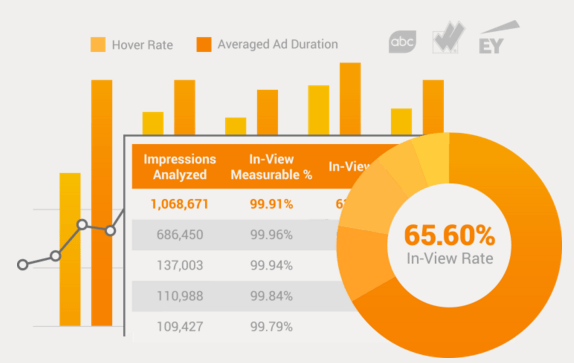
Picture source: Moat
3. First-party data onboarding.
The next trend is the use of advertisers’ evaluations. Advertisers now can get their customers’ parameters from CRM and use them in their ad strategies.
The potential audience gets wider. All advertisers can use multiple data sources and their own data most actively.
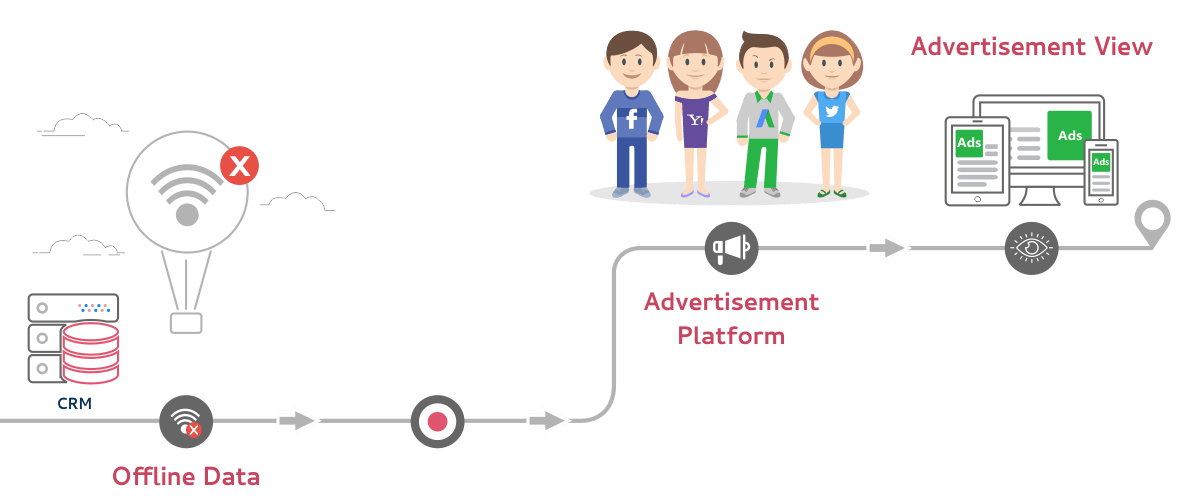
Picture source: Targeto
This trend goes hand-in-hand with the next one – offline and online interconnection.
4. Offline and online business data are linked to measure the results.
Both Google and Facebook, two advertising giants, now have their own solutions for integrating offline data into their online ad systems. Third-party tools and custom solutions are available as well.
Real-world shops can create APIs and transact their purchase data into the ad system. This gives advertisers the perfect opportunity to evaluate the impact of their ad activities onto their offline sales.
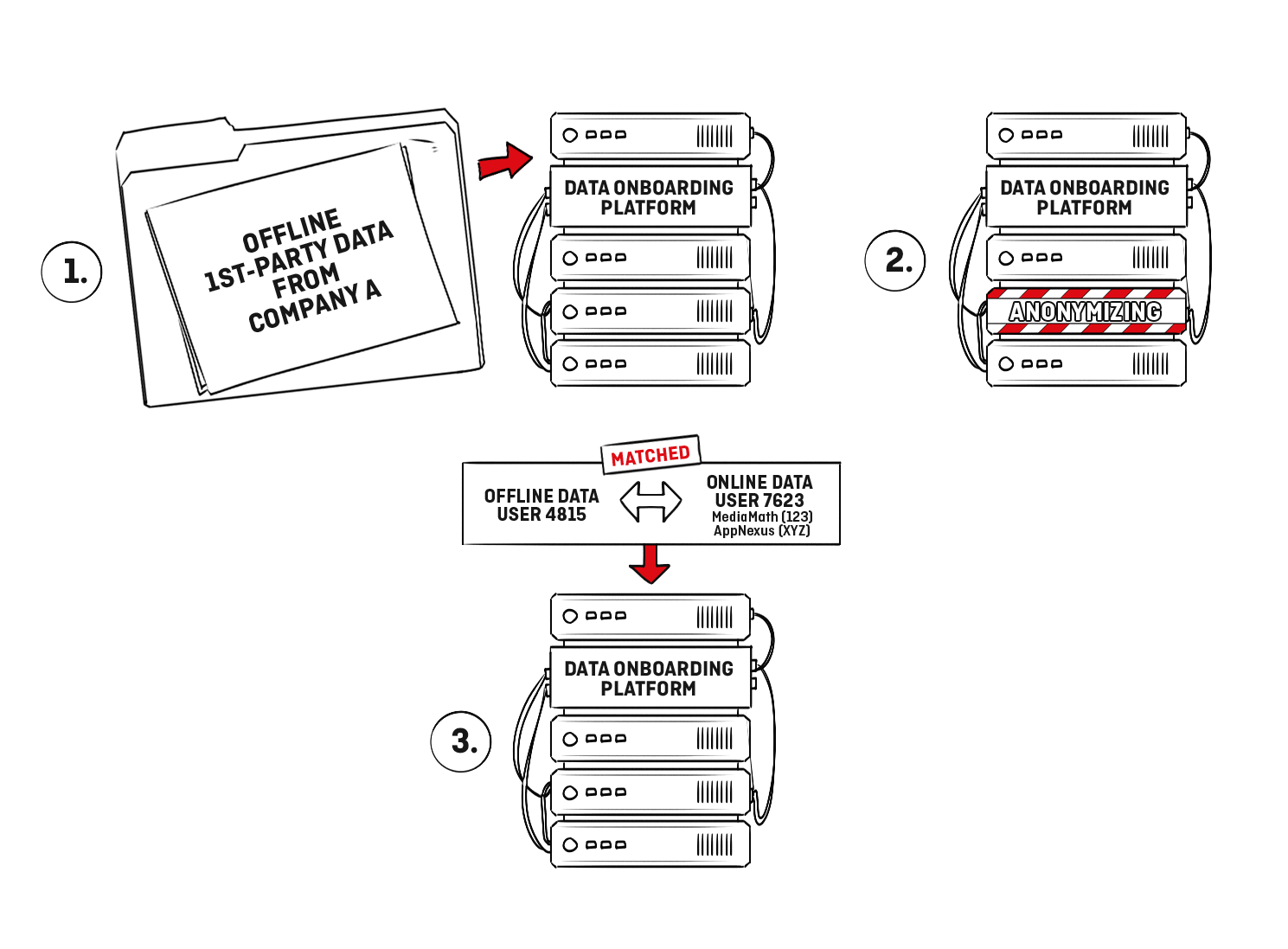
Picture source: Clearcode
5. Programmatic TV is growing.
The mobile content consumption is growing exponentially. Users are no longer sitting in front of their TV sets on their sofas to get their content. This tendency changed the distribution channels for the advertisements.
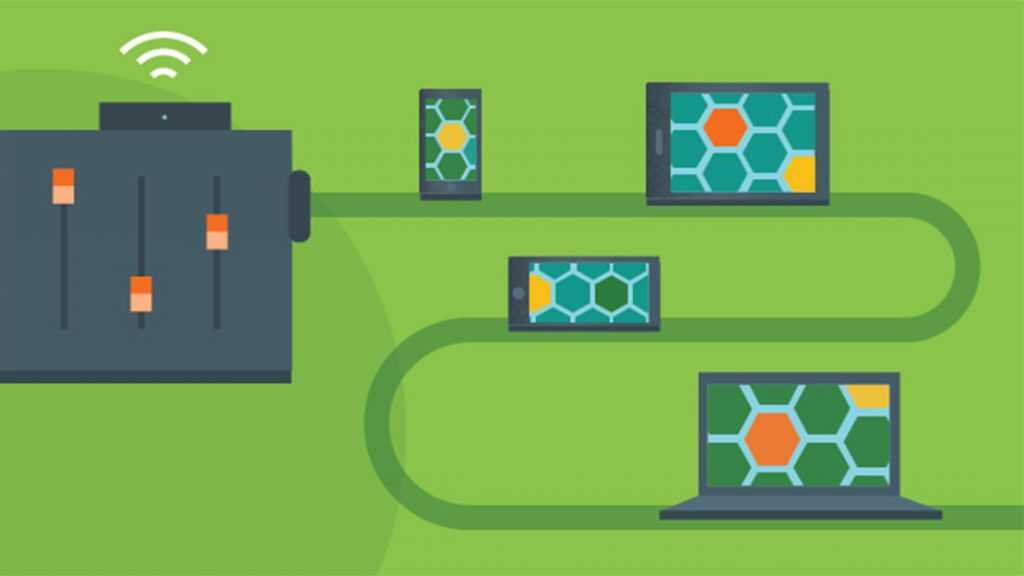
Picture source: Google DoubleClick
Advertisers that want to cover TV sector have to take into account different options, including linear TV, recorded TV and TV on subscription. It requires more developed tools for digital advertising. DoubleClick has already announced its major step in this direction.
With programmatic in play, advertisers can get analytics on TV watchers and the type of the content they consume. The percentage of programmatic TV is still quite small in the overall TV sector. The main issue is the difference in the technologies that varied TV providers are using. There are also different statutory limits as to the time, that can be taken by the advertising. But the need to deliver advertising into the TV content through alternative channels cannot be ignored now.
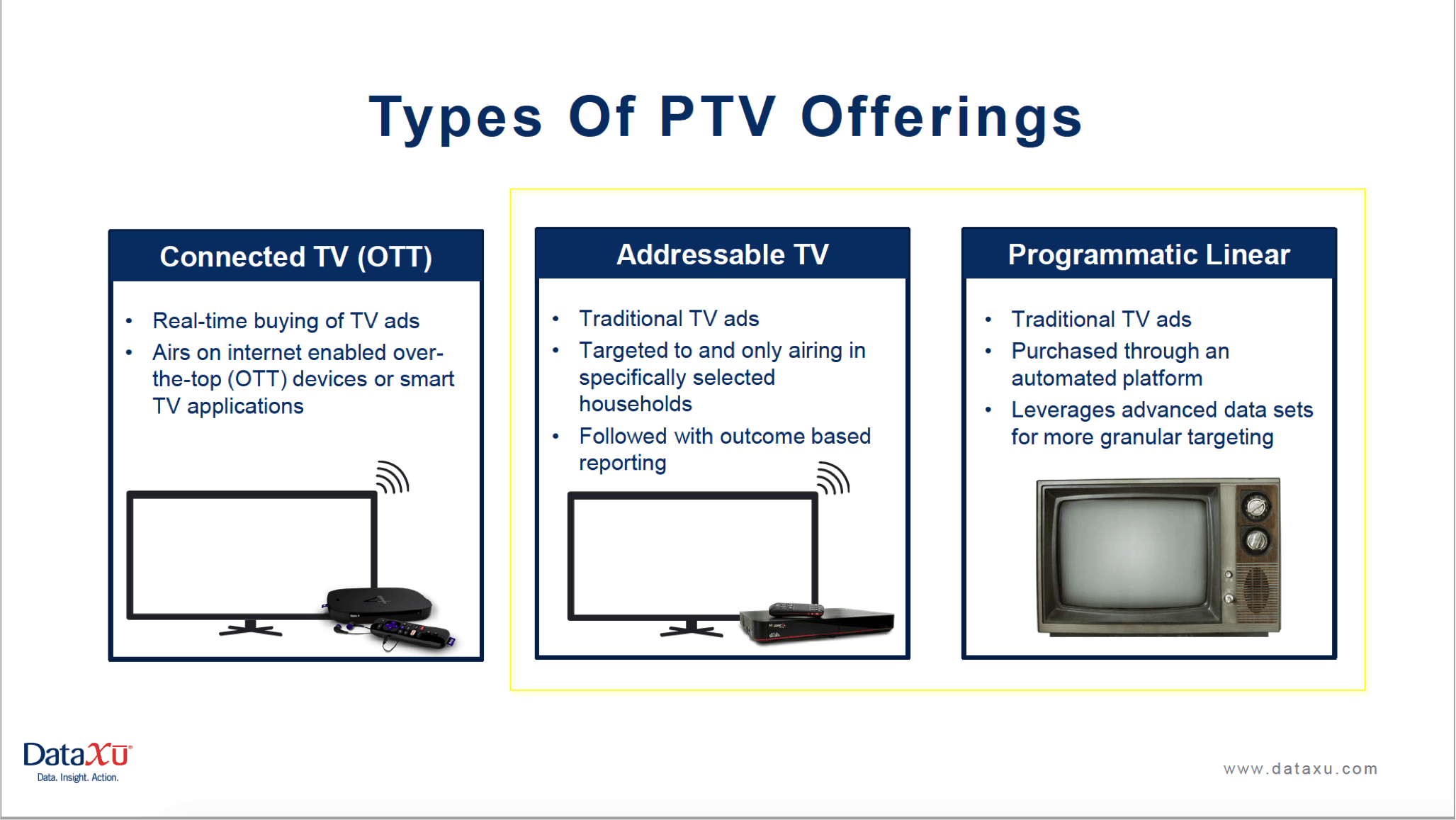
Picture source: Dataxu
Have you found any of the topics especially interesting? We are going to highlight them with added details in our future materials. Follow us for more.

